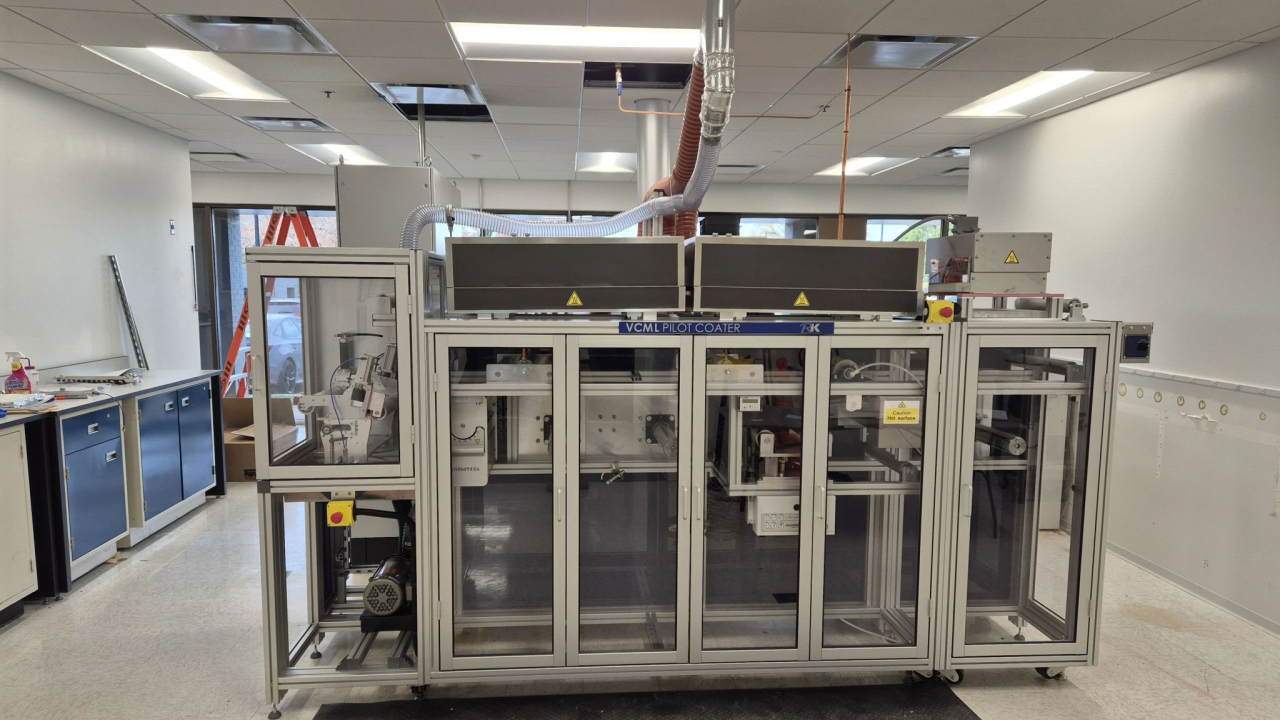Conference looks at green chemistry for polymers

In the long-term industry will have to find substitutes for fossil fuels as supplies diminish and costs rise: so what is a sustainable resource for synthesis of conventional plastics? At Green Polymer Chemistry 2012 in Cologne, Germany, AMI brought together experts from agriculture, chemical engineering, biotechnology, the polymer industry and sustainability managers from brand owners and the automotive sector to hear all the angles on this topic.
LMC International studies the agricultural including sugar, grains and oilseeds. Worldwide, corn wheat and cassava accounted for 1.7 billion metric tonnes in 2010/11, and sugarcane and sugar beet generated 160 million tonnes (the lead producer is Brazil). On the vegetable oil side, palm predominates at 48 million tonnes (85 percent is grown in Malaysia and Indonesia) and is unique in being harvested from trees each year – the other oils are from seeds. The agricultural industry is already seeing a ‘battle for acres’ globally. This began in 2002 with the drive to use bioethanol/biofuel, which increased demand for arable land for growing feedstock. By 2010 the area under cultivation had expanded worldwide by 70 million hectares. Besides biofuels, there are other factors such as the rise in per capita income in Asia, which means that consumers are eating more meat thus increasing the demand for animal feed. Bio-based plastics and other fine chemicals are now being produced from agricultural feedstocks and the challenge is to find sources that are sustainable in this global marketplace.
Brand owners and retailers have studied sustainable sourcing extensively, with all of the majors operating policies including Walmart, Carrefour and Tesco. Dr Jan Kees Vis at Unilever has been involved in projects such as the Sustainable Palm Oil roundtable; the aim of this brand owner is to double ‘the size of our company while reducing our environmental impact’. This includes a plan to source 100 percent of agricultural raw materials sustainably: palm oil is the top material at 1.4 million tonnes per annum primarily for surfactants, then paper, soy and sugar, followed by other oils. Unilever has put together a Sustainable Agriculture Code and wants to use products with certification, such as Rainforest Alliance and Fair Trade. There are many other issues such as the need to ensure the security of food supplies. Thus brand owners will ask questions of suppliers about the sustainability, not just renewable sourcing, of new products.
The Brazilian sugar cane industry is the largest in the world. Braskem has utilized this sugar as a source of feedstock to make its ‘green’ polyethylene and polypropylene with current capacities at 200kty and 30kty respectively; 86.5 tons of sugar cane gives 7200 liters of ethanol and three tonnes of polyethylene. Brazil has vast areas of arable land that could be used to develop this industry and Braskem is studying all aspects including ways to increase yield. The company uses BonSucro-certified ethanol.
There have been several technology breakthroughs in the past year in producing substrate from cellulose (so-called second generation feedstock). The M&G Group has Proesa Technology and built a pilot plant in 2009. This generates C5 and C6 sugars in a continuous process. The plant has been in operation for 400 days continuously and many enzymes and 15 types of biomass feedstock have been tested. The Crescentino demonstration plant will have capacity for 40 ktpa cellulosic ethanol and will generate 15 MW of power from the lignin by-product to the grid, as well as selling the ethanol. The VTT Technical Research Centre of Finland has examined the feedstock potential of the country’s forests, where growth rate of trees is expected to rise by 25 percent in the next five years due to global warming. VTT has piloted the manufacture of ethanol from lignocellulose with UPM including recycled paper. Biomethane can also be used in the olefin supply chain: methanol to olefins (MTO), ethylene and propylene was investigated by Mobil in the 1980s and Total Petrochemicals built a demonstration unit in Feluy in 2010. VTT has also experimented with wood oils and the manufacture of LDPE from tall oil.
Biomass production amounts to 165 billion tonnes per year, 50 percent cellulose and 24 percent hemi-cellulose. Sud-Chemie AG sees sugars as the new oil and has partnered with SABIC in the sunliquid process, which takes lignocellulose feedstock and converts it to fermentable second generation sugars or ethanol, which can be used to make monomers for plastics like PE and PET. Around four tonnes of straw yields one tonne of ethanol. The sunliquid process works with different renewable feedstocks. The biggest potential source of lignocelluloses is rice straw in Asia at round 750 million tonnes. Sud-Chemie also has a Liquibeet technology using enzymes to liquefy sugar beet.
Petron Scientech was founded in 1991 in Mumbai and Princeton and has ethanol to ethylene technology with a high conversion rate around 100 percent with close to 99 percent ethylene selectivity. Reactor design has to factor in the highly endothermic reaction and heat recovery. It has supplied technology to companies such as Oswal in India, which maximizes use of sugar cane – sugar is sold, bagasse is sent to fuel power stations and the molasses is used to make industrial ethanol and from there to make polyethylene. Greencol Taiwan (JV of CMFC and Toyota Tshuho) has taken technology to produce monomers for bio-PET and the new plant is due to start up in 2012.
Bio-based PET
There has been great progress towards production of fully bio-based PET. Avantium has generated a ‘technical drop-in’ for the terephthalic acid component from furan dicarboxylic acid synthesized by dehydration and oxidation from carbohydrates. This FDCA can also feed into polyurethane and polyamides. The partners in this work include Teijin, Coca Cola, Solvay, Rhodia and Danone. The PEF material has been tested on commercial blow molding, fiber and film lines and has a higher gas barrier than PET. A pilot plant is being constructed at Chemelot in the Netherlands with capacity of 40 tonnes per year.
Novozymes has the largest market share of industrial enzymes worldwide and 60 years of experience. The company sees renewable chemicals as a key to meet the demand from the growing world population, which is anticipated to reach 9 billion in 2050. This will move the renewable chemicals industry from ‘tech push to market pull’. Current chemical engineering has been optimized for decades and the biotech industry needs to catch up and compete on cost and performance. Genzyme has Cellic to produce ethanol from biomass at USD 2-2.5 per gallon and more competitive enzymes coming on stream now. The company is a partner in the M&G cellulosic ethanol plant and also involved in projects with Cargill, Braskem and ADM. The work with Cargill involves bio-acrylic acid production for applications from diapers to coatings and adhesives.
There is a lot of interest in technology to synthesize polymers from carbon dioxide. Several companies worldwide are involved in the production of polypropylene carbonate including Bayer Material Science (BMS) and BASF in Europe, Novomer in the USA, SK Innovation in Korea, and Mengxi in China. BASF is motivated by low monomer costs, reducing CO2 emissions trading and the abundant feedstock from power plants. It is testing the material in several applications such as an ABS replacement in electrical appliances, in agricultural films and in paper coatings. One issue is the low activity of catalysts and the need to remove the catalyst after polymerization.
BMS has generated polyether-polycarbonate polyols from CO2 for use in polyurethane, as well as producing the plastic polypropylene carbonate. The CO2 supply is scrubbed at the coal-fired power plant and then reacted with propylene oxide. It has taken the company time to reduce the by-products and improve catalyst use towards its ‘dream production’ target level. Slab stock foam has been produced and tested.
The biobased chemical industry for fine chemicals is moving toward reality. One driver is the changes in cracker operation that will reduce the supply of elastomer C4-C5 monomers. The Materia Nova Institute has reviewed the research into building blocks for polymers, including succinic acid (DSM, Bioamber, Roquette, Mitsubishi Chemical), sorbitol (Cargill, ADM, Roquette), propylene (Braskem, DuPont/Tate & Lyle), butadiene (Goodyear, Lanxess, Michelin, Synthos, Genomatica) and caprolactam (Draths). Solvay has a pilot plant to generate 60,000 tonnes of partly biobased PVC in Brazil as another example. Vincent Berthe speculates that the biobutanol platform could become bigger than bioethanol: it can be made directly by glucose fermentation.
The Green Polymer Chemistry conference in Cologne provided a unique opportunity for agriculture, biotechnologists, brand owners, venture capitalists and polymer experts to gather and debate the issues. Green Polymer Chemistry 2013 will be held at the Maritim Hotel, Cologne, Germany from 19-21 March 2013. Paper offers should be sent to Dr Sally Humphreys (sh@amiplastics.com) before the deadline of 14 September 2012.
Click here for more stories about AMI on L&L.com.
Stay up to date
Subscribe to the free Label News newsletter and receive the latest content every week. We'll never share your email address.

